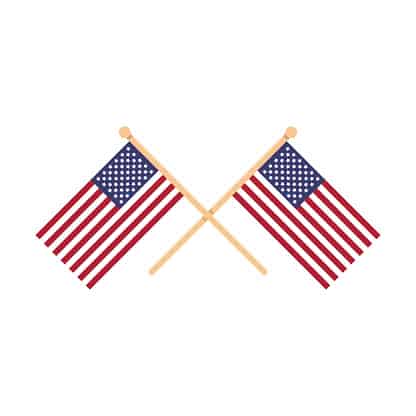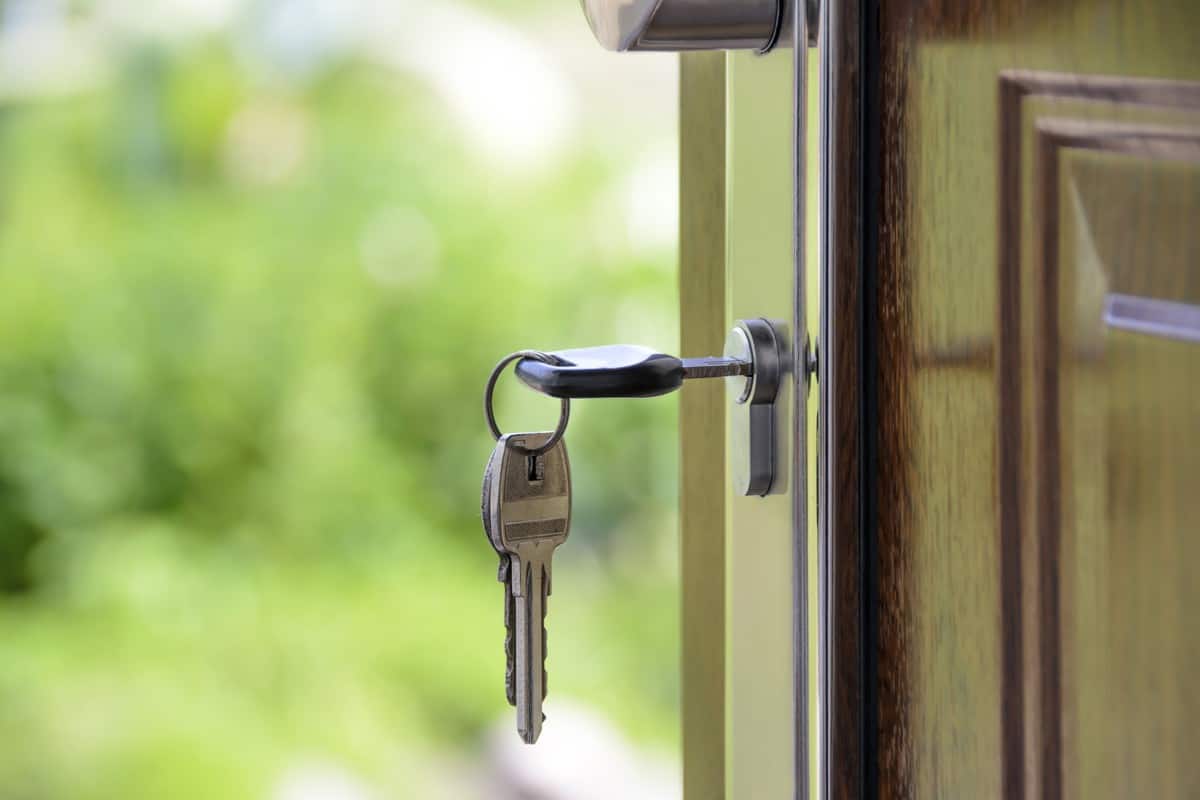Are you a veteran with an existing VA-backed home loan?
If so, you might be able to reduce your monthly mortgage payments or make your payments more stable by using an IRRRL or interest rate reduction refinance loan. This option for refinancing will let you replace your current VA loan with a new one, with different or improved terms.
In this article, we’ll walk you through what you need to know about the VA IRRRL Program. Plus, we’ll answer our top questions and help you decide if this type of refinancing is best for you.
Want to know more? Keep reading for all the details.
What Is The VA IRRRL Program?
An interest rate reduction refinance loan (“IRRRL”) is designed to help Veterans refinance their home loan at an improved interest rate. VA sponsored programs are available exclusively to veterans who:
- Already have a VA-backed home loan
- Are using the IRRRL to refinance their existing VA-backed home loan
- Can certify that they currently live in or used to live in the home covered by the loan
Simply put, VA IRRRL loans and VA Streamline refinancing is not for new homebuyers. This loan type can only be used for refinancing an existing loan that was processed using VA benefits.
If you have a second mortgage on the home, this is a trickier process. In addition to all the conditions mentioned above, your loan holder must also agree to make your new VA-backed loan the first mortgage.
How Does the Loan Process Work?
If you’re interested in applying for a VA IRRRL loan, you’ll want to follow these steps:
Find a Lender
There are tons of options when it comes to securing your IRRL. The most common include private banks, mortgage companies, and credit unions. Be sure to check interest rates, terms, and additional fees from multiple lenders before making your final decision.
When it comes to refinancing your home, you should consider all offers carefully. Any claim that sounds too good to be true probably is!
Keep an eye out for low rates with unspecific terms. For example, if an advertised rate does not state that it’s for a 30-year, fixed-rate mortgage, it probably isn’t. The advertised rate might actually be for a 10-year loan.
Or, that rate might be provided assuming that you’ll buy discount points. This practice, sometimes called “buying down the rate” lets you pay extra to the lender at closing in exchange for a reduced interest rate. One point costs 1% of your total mortgage amount or $1,000 for every $100,000 lent.
Be wary of misleading refinancing offers that claim to let you skip payments or promise lower interest rates that seem too good to be true. VA IRRRL rates change every day based on market conditions but recently averaged between 3.6 and 3.75% as of March 31, 2020.
That’s why it’s best to shop around before selecting a lender. Check their reputation with the Better Business Bureau, read some online reviews, and ask for client referrals. If you get an uneasy feeling or see any “red flags” choose a different lender for your VA IRRRL or Streamline refinance.
Get Your COE
To qualify for VA streamline refinancing or an IRRRL VA loan, you’ll first need a copy of the COE or certificate of eligibility used to get your original VA-backed home loan. This document certifies that you used your VA entitlement to secure the first loan, as is required for refinancing.
If you don’t have your original COE, don’t worry. Either you or your lender can get an official copy of your COE electronically through the VA Home Loan program portal.
If you aren’t tech-savvy, you can also apply by mail. First, you’ll need to fill out an official Request for a Certificate of Eligibility (VA Form 26-1880). Then, mail it to the address listed on the form. Keep in mind that this process will take longer than applying online.
Secure Refinancing
Before you secure your lending, you might need to pay the VA funding fee. This one-time payment, at least 0.5%, keeps the cost of these VA loans low because no down payment or monthly mortgage insurance is required.
This fee may be waived for some veterans, including those with a service-connected disability and those entitled to retirement or active duty pay. Waived fees are also common for surviving spouses of veterans who died in service or from service-connected disabilities.
You’ll also need to pay interest and closing fees on your loan, but with a VA IRRRL, these costs can be included in your new loan. This means that you don’t have to pay upfront. You may also have the option to take your new loan at an interest rate high enough for your lender to cover these costs.
One big benefit of this type of loan is that it doesn’t require an appraisal. This makes the process faster and more streamlined, and you’re more likely to get approved.
VA refinance does not require proof of income, unlike your original VA loan. So, you won’t have to provide check stubs, W2 forms, or prior tax returns.
How Long Will the Loan Process Take?
Exactly how long it takes to secure your home loan will depend on the lender, but around 40 days is normal. This period begins when you sign the VA loan application and ends with a closing, just like any other mortgage.
Remember, you can’t refinance a brand new loan. The Protecting Veterans from Predatory Lending Act became law in 2018. Under this act, you’ll have to let your loan mature for a “seasoning period” of 210 days from your first payment, or after the sixth monthly payment, whichever takes longer.
That prevents predatory lenders from encouraging a practice known as “churning” which helps qualified VA borrowers to refinance frequently, sometimes as quickly as one or two months after their last refinancing.
What About a Cash-Out?
Are you hoping to get some extra cash for home improvements and upgrades through refinancing? Or do you need some fast cash?
Generally speaking, you can’t take cash out from a VA streamline refinance or IRRRL. For that, you’ll need a VA cash-out refinance loan, instead.
While you may be able to incorporate some extra money into your loan via the Energy Improvement Mortgage or EIM, this only covers the cost of some energy-efficient improvements. In that sense, it’s a bit like a cash-out refinance, but you can only use it for one specific thing.
Not all upgrades qualify, and you’ll be subject to an energy audit after six months to prove that you’ve spent the cash wisely. This type of exemption may come with additional underwriting requirements provided by your lender.
Is the IRRRL Program Worth It?
Whether or not the VA interest rate reduction refinance loan is a good idea for you will depend on your specific circumstances.
Keep in mind that this type of lending has a maximum LTV or loan-to-value ratio of 110% including closing costs, prepaid escrow funds, the VA funding fee, and an allowance for some improvements like energy-efficiency. So, it isn’t best for getting extra cash for home improvements.
Instead, this VA loan is best used to lower monthly payments or secure a fixed rate rather than an interest level that adjusts. It can also be useful for shortening the term of your loan if you want to pay lower lifetime interest costs. Simply put, this will raise your monthly payment but save you money over the life of your home loan.
Today’s interest rates are close to historic lows, so now might be your best opportunity to apply for VA IRRRL benefits.
Still not sure if this VA loan type is best for you? Try using an online mortgage refinance tool to find out. Calculating your new predicted monthly payment, interest rate, closing costs, and potential savings will give you a more concrete idea of how different loan types will best fit your personal finances.
Get Started With Refinancing Today
If you think a VA IRRRL or Streamline loan might be your best bet, consider starting the lending process.
You may want to cash in on low-interest rates while you can. And, if you’re struggling under a mortgage with high-interest rates, the longer you wait, the more you might spend.
Want to learn more about hot topics like home refinancing, budgeting, and credit cards?



